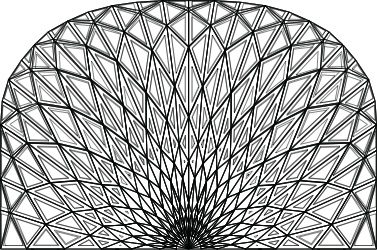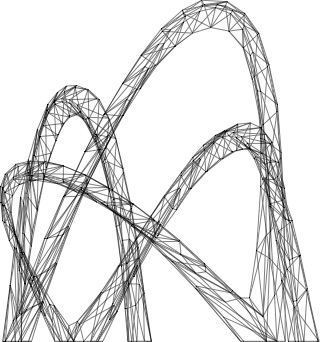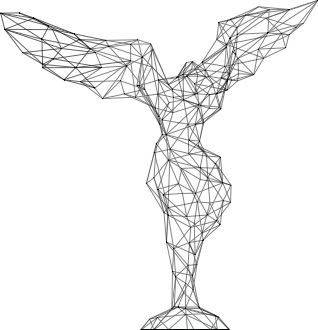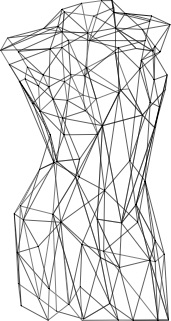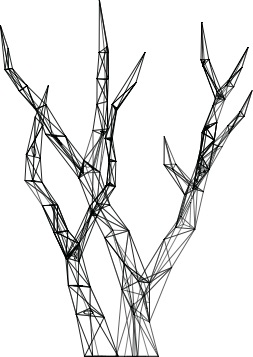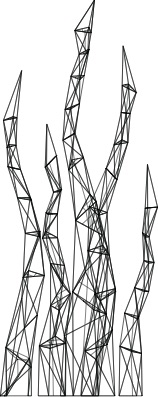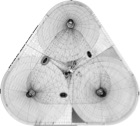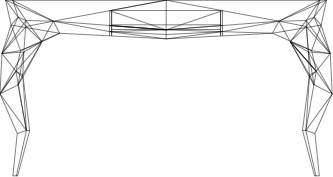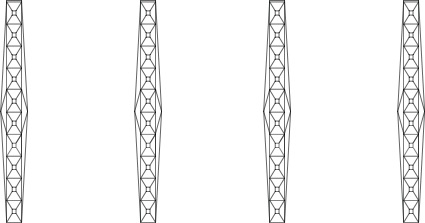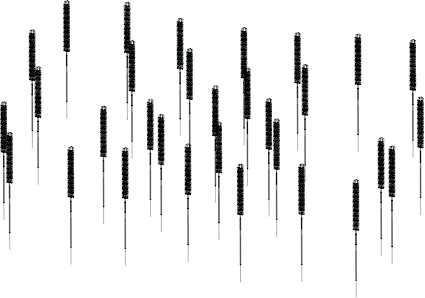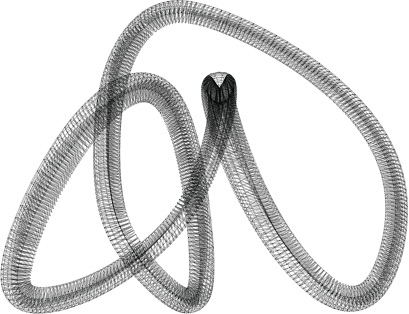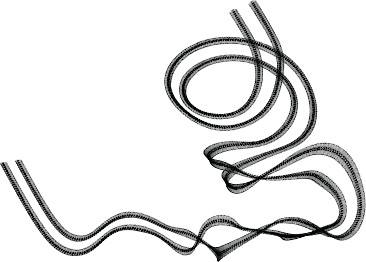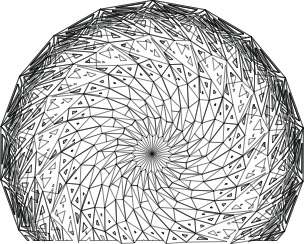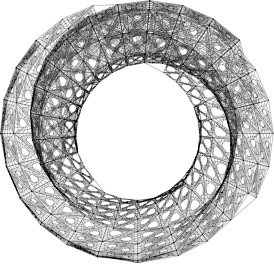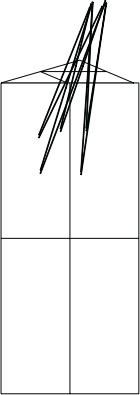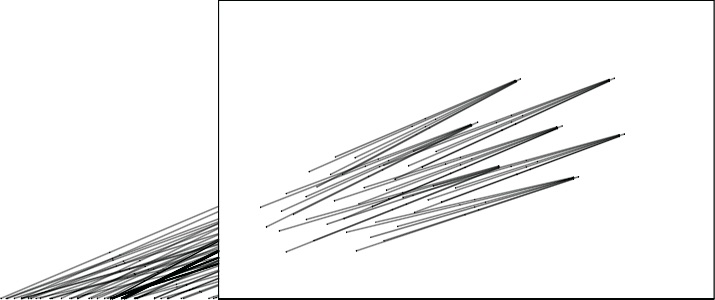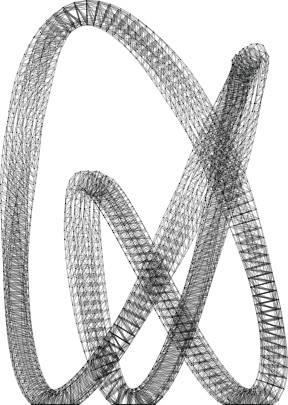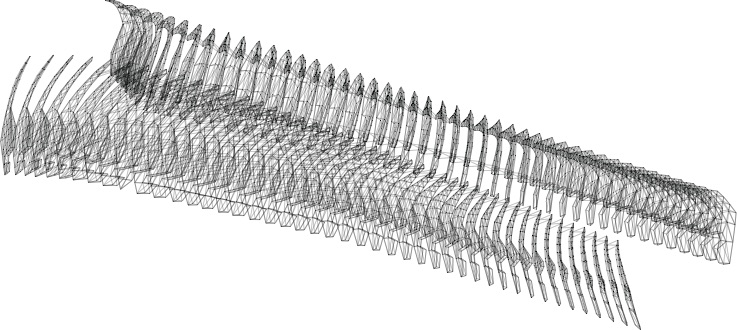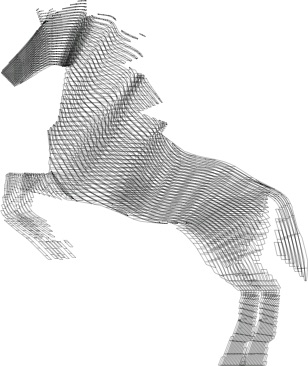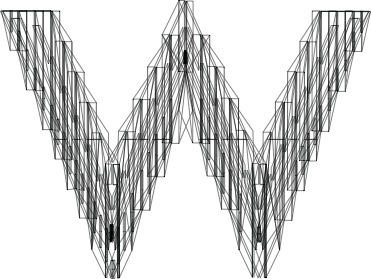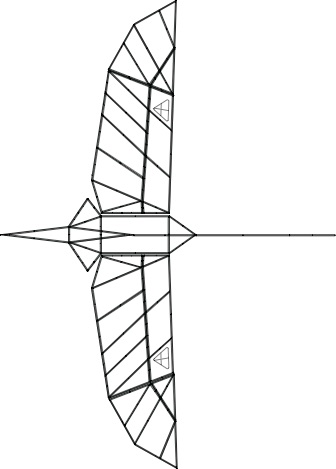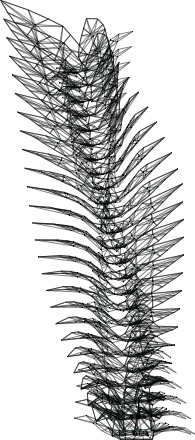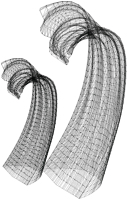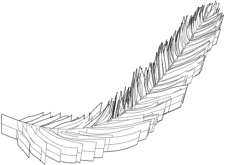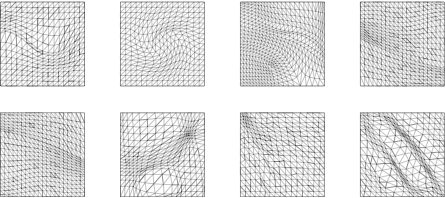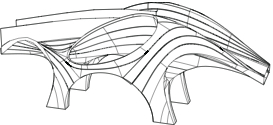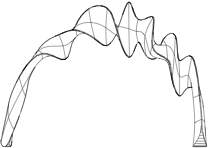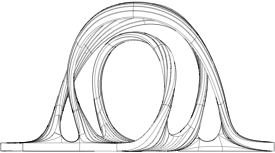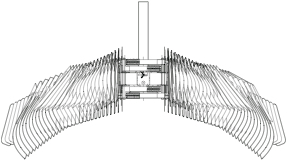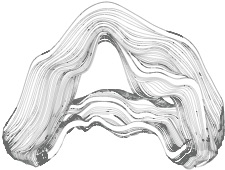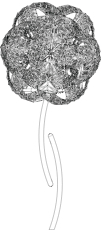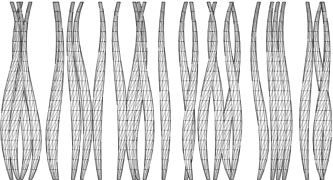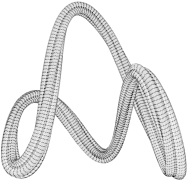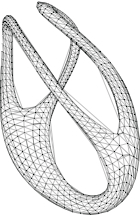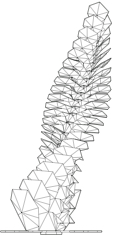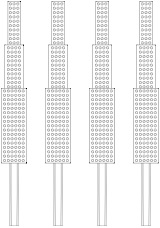In general, independent research and commissioned practices are often considered to be two separate areas of design. The former is more related to a designer's personal expression, and often more exploratory and groundbreaking; the latter will have more responsibility to the clients and the public, and thus will usually involve a certain level of compromise. Different from this contradiction, Zhang Zhoujie's design practice reflects a more positive dialog between the designer and the general public, as well as the designer and the clients. And in its essence, the foundation of this dialog is Zhang Zhoujie's understanding of nature.
In Zhang Zhoujie's work, the process from research to practice is always regarded as an intrinsically interrelated ecosystem that includes the generation of concepts, the evolution of design, the implementation of projects, and even the relationship with users and clients. In this ecosystem, each design concept produces a series of prototypes in association with a fundamental theme. Then, the prototypes are continually iterated and optimized, and each iteration corresponds to specific opportunities for commercial promotion or artistic exhibition. As a result, each research concept can receive feedback from the public and commercial markets through this development, to be able to adjust and optimize it in the next iteration. In return, Zhang Zhoujie's design practice is no longer just a business action, but an exploration and experimentation of his creative concept in the public context. Here, the boundaries between art creation, design research, and business practice have completely disappeared.
If the natural thinking in Zhang Zhoujie's computer creation reflects the multiplicity of the form and the diversity of the product-user relationship, then through his large-scale commission practices this concept can be represented in another level of dynamism. The evolutionary process of form in the computer environment is deeply related to the design cognition of temporality. Through a large amount of digital design installation projects, Zhang Zhoujie has been exploring interactive technologies from design to manufacturing, testing the possibilities of the physical transformation of his work in the temporal dimension. Meanwhile, through a series of studies on the installation of form itself, Zhang Zhoujie has also developed a way of constructing subjective dynamism on the perceptual aspect of static objects. No matter whether it is physical movement based on interactive technology or the virtual transformation in the perceptual world, the dynamic relationship between the viewer and the work is always constructed in association with time. Here, each piece of the work not only emerges from computer algorithms as natural evolution, but thereafter also performs as a natural organism that continues to grow and transform in time and continues to expand and evolve during the dialog with the public. Eventually, it forms an alternative reality of nature.

